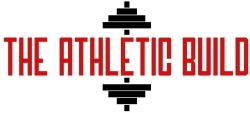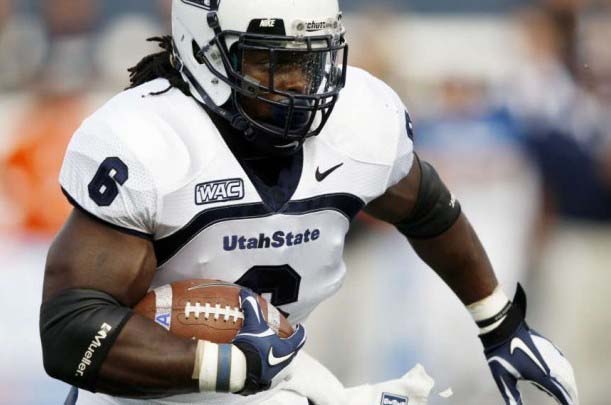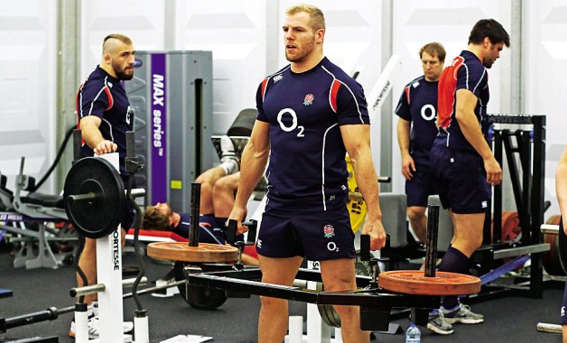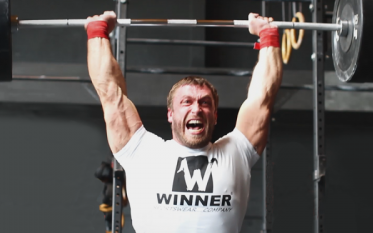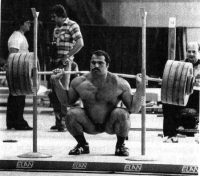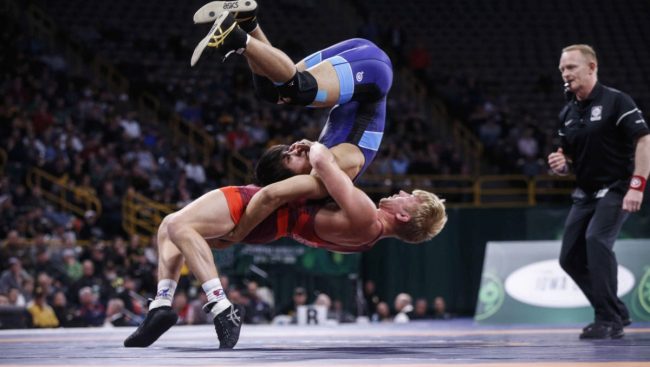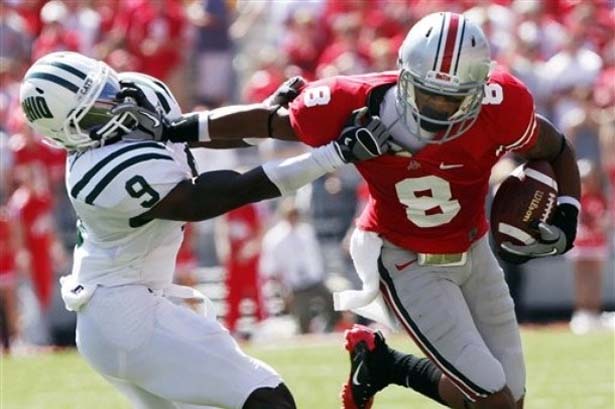You want size. You want strength. And let’s be real, you want that skin-splitting pump that makes you feel like your shirt’s about to give out.
That’s where the Repetition Training Method comes in. Some call it the Repeated Effort Method. Either way, it’s a brutal style of training that forces your muscles to grow by grinding through high-rep sets that test your lungs, your grit, and your pain tolerance.
It’s not fancy, and it’s not easy. But if you can push through the burn, the payoff is real. More muscle, more endurance, more carryover into your big lifts.
So here’s the deal: let’s break down what this method is, how it works, and why it belongs in your program if you’re serious about building a stronger, bigger body.
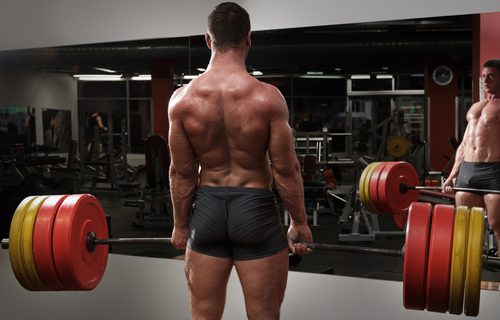
What is The Repetition Training Method
The repetition method isn’t some shiny new trick. It’s been around for decades, but guys like Louie Simmons and the crew at Westside Barbell turned it into a weapon.
At its core, it’s simple. You take lighter weights and push them for higher reps, grinding through minutes instead of seconds. Legendary Olympic lifter Vasili Alexeyev used it constantly—power cleans for two or three minutes straight, snatching for hours, even doing endless leg raises in a pool to build an iron midsection. Brutal, but effective.
Westside’s twist is using it for everything from belt squats to ab work to their famous Reverse Hyper. We’re talking timed sets that last minutes, not just a quick 8 to 10 reps. Sometimes it’s light deadlifts for a few minutes, sometimes it’s sled walks for five, sometimes it’s band curls and extensions back-to-back until your hamstrings and quads are begging for mercy.
The goal isn’t fancy programming—it’s volume, time under tension, and pure work capacity. Put the muscles under stress long enough and they don’t have a choice but to grow stronger.
Benefits of The Repetition Method
It Builds Muscle
The Repetitive Effort method is all about gaining new muscle, which is crucial when you’re a powerlifter trying to lift heavy. More muscle means you’ve got more firepower to move that weight.
So, if you mix in some RE workouts and make sure you’re eating enough, you’ll keep adding muscle while also getting stronger. It’s like having your cake and eating it too, just in a gym sort of way.
Adds Variety
If you’re into field hockey or lacrosse, your workouts are gonna be all over the map, both in terms of skills and physical conditioning. But some sports really focus on hitting the weight room, and it’s easy to get stuck in a rut with the usual suspects: squat, bench press, deadlift.
That’s where the repetition method comes in handy. It shakes things up by introducing a whole range of exercises that you can do a bunch of times without going super heavy on the weights.
Increase Endurance
The Repetitive Effort method is like a bootcamp for muscle stamina. Yeah, we all love the big three lifts, squat, bench press, and deadlift, but those are over in a flash. And the speed reps you do in Dynamic Effort? Even quicker.
RE workouts let you work those muscles longer without frying your central nervous system or risking injury from super heavy weights. By doing multiple reps, you keep the muscle under tension while also training your brain to push through the short-term muscle burn, or “the pump,” that comes from repping it out.
It Burns Calories
Rep work is a solid choice for those who want to exercise in a way that feels fulfilling while also chipping away at weight loss goals. If you’re anything like me, cardio, especially running, just doesn’t cut it when it comes to satisfaction.
But if you’re trying to cut weight, either for a meet or just to slim down, you’ve got to either burn extra calories or eat fewer of them. That’s where rep work comes in.
The muscle stimulation from lifting signals to your body that it should keep the muscle mass, while the effort you put in gets rid of the calories you’d rather not have. It’s like having the best of both worlds.
It Addresses Weaknesses
The RE method is a game-changer for targeting those stubborn muscles that are messing up your big lifts. Say your bench press keeps stalling right at the end.
Your pecs and shoulders are doing their part, lifting that bar right off your chest, but your triceps just can’t finish the job. Instead of draining yourself with endless bench reps, you can switch gears and focus on those triceps with exercises like rope pull-downs or tricep kickbacks.
This way, you’re honing in on the weak link, helping it catch up so you can break new ground in your bench press over time. The same logic applies for any other muscle group that needs a little extra TLC to take your compound lifts to the next level.
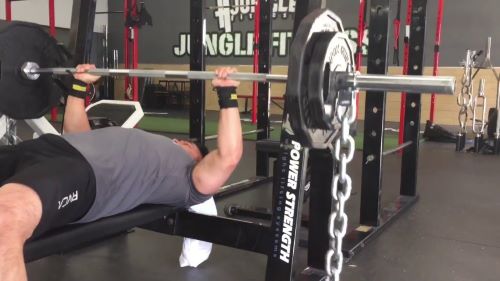
Negatives of the Maximal Effort Method
Hitting a Strength Ceiling
Relying solely on the RE method can only get you so far when it comes to building strength. A lot of people get caught in the cycle of doing the same number of reps and sets, and sure, they might see some initial gains. But this approach has a ceiling for how much strength you can actually build. If you’re gunning for significant strength improvements, it’s crucial to mix in Maximal and Dynamic Effort work along with RE.
Reinforcing Bad Habits
If you’re not careful with your form, the RE method can end up locking in poor technique. Whether it’s sloppy movement or incorrect tempo, poor form means you won’t get the benefits you’re aiming for. To make real progress, it’s essential to keep your technique clean.
The Rep and Load Trap
Choosing the wrong rep range or using weights that are too light can be counterproductive. Just because a fitness guru recommends a specific number of reps doesn’t mean it’s the golden ticket for you. Your muscles respond to the actual stress they’re under, not to some arbitrary number of reps. So make sure you’re using a weight that challenges you, and don’t be afraid to adjust your rep range to get the results you’re after.
The Maximal Effort Method vs The Dynamic Effort Method vs The Maximal Effort Method
The repetition method, dynamic effort method, and maximal effort method each offer unique benefits and serve different purposes in a training program.
The repetition method involves lifting moderate loads for multiple reps. It’s versatile, helping build strength, muscle size, and endurance. You’re performing lots of repetitions, usually until muscle failure, to stimulate muscle growth and hormonal changes. It’s ideal for targeting specific muscle groups and is commonly used in bodybuilding and general fitness routines.
The dynamic effort method, on the other hand, focuses on speed and explosiveness. You’re using lighter weights, around 50-60% of your one-rep max, and performing the lifts as quickly and explosively as possible. This method is often employed by athletes who need to develop power, like sprinters or football players. It helps improve the rate of force development, essentially teaching your muscles to contract faster.
The maximal effort method is quite different. It’s all about lifting as heavy as you can for a very low number of reps, often just a single repetition. The goal is to reach or approach your one-rep max. This method primarily increases your absolute strength and teaches your body to recruit the maximum number of muscle fibers possible. It’s a common method in strength sports like powerlifting and Olympic weightlifting.
Using one method exclusively can lead to plateaus. Mixing them allows you to target different aspects of fitness: endurance and hypertrophy with the repetition method, power with the dynamic effort method, and absolute strength with the maximal effort method.
Combining these three methods is often referred to as the conjugate method which is quite popular and something we well dive into in a different article.
Wrap Up
In conclusion, the Repetitive Effort method is a versatile tool in any lifter’s toolbox. Whether you’re looking to gain muscle, boost endurance, or target specific weaknesses, this approach offers something for everyone.
It’s particularly useful for those who are bored of the same old routine or for athletes who need to focus on muscle stamina and strength simultaneously. So, if you’ve hit a plateau or are just looking to diversify your workout, the RE method could be exactly what you need to shake things up and keep progressing.
